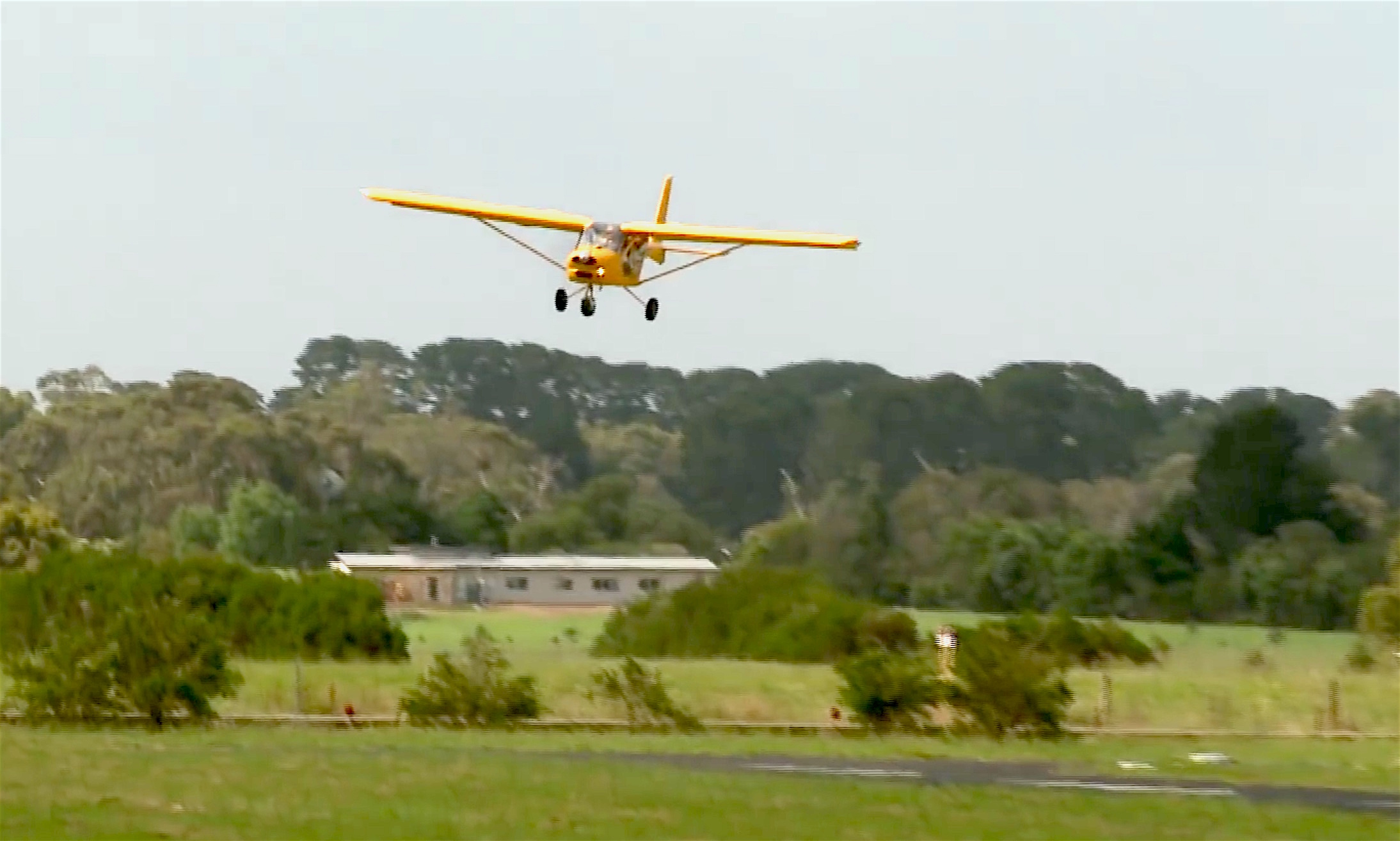 Cross-wind limits, final approach speeds and flap settings are some of the most frequently requested information by pilots new (and not so new!) to the Foxbat. So here are a few pointers based on the Pilot Operating Handbook (POH) and experience.
Cross-wind limits, final approach speeds and flap settings are some of the most frequently requested information by pilots new (and not so new!) to the Foxbat. So here are a few pointers based on the Pilot Operating Handbook (POH) and experience.
Cross-wind limits
Light Sport Aircraft (LSA) regulations stipulate a quoted cross-wind limit based on a ‘reasonably competent’ pilot being able to land the plane safely. This is quite different from the typical GA specification, where most manufacturers quote a ‘demonstrated’ cross-wind limit – which is usually the strongest cross-wind the best factory test pilot can manage!
The A22LS Foxbat LSA quoted cross-wind limit is 14 knots; that is a wind of 14 knots at right angles to the runway, or stronger winds at lesser angles. That is not to say that an experienced pilot couldn’t land the aircraft safely at cross-winds higher than that – indeed, the ‘demonstrated’ cross-wind limit is certainly a good bit higher. However, fly the plane by the book and don’t take risks!
Final approach speeds
The Foxbat POH recommends 49 knots with full flap along the later stages of finals. And that’s at maximum 600 kgs weight; it will clearly need to be slower at lower weights.
For light, low-inertia aircraft like the Foxbat a general rule of thumb is to approach to land at 1.5 x stall speed. Stall speed, at full flap and engine at idle, in the Foxbat is 28 knots. 1.5 x 28 knots = 42 knots, so 49 knots leaves plenty of margin! Without doubt, the Foxbat is very easy to land at the correct speeds – and really quite tricky if you come in at 55, 60 or 65 knots – the aircraft will float and float and respond to every gust of wind while it does so. Just by-the-by, I am appalled by instructors who tell their solo students to approach at 60-65 knots in the Foxbat…and then wonder why they have problems landing. In this case, adding a bit of speed ‘for safety’ in fact probably does just the opposite. Fly the plane by the book and don’t take risks!
Flap settings
The flap limiting speed on the A22LS Foxbat is between 80 and 85 knots, depending on specification. With light winds within 10 degrees of the centreline, it’s fine to use both stages of flap. However, as winds strengthen and/or gain more cross-wind component, the flap setting should be considered more carefully.
There’s another general rule of thumb: for every 5 knots of cross wind, reduce the flap setting by one stage. Thus, with 10 knots or more of cross-wind it’s probably best to leave the flaps up on the Foxbat. However, this does introduce other considerations. First, the stall speed increases without flap, to about 38 knots in the Foxbat. So, using the rule of thumb mentioned above, 1.5 x 38 = 57 knots, so your finals approach speed needs to be adjusted accordingly. Which means the aircraft will land shallower, faster and longer. Nevertheless, the higher speed will give a quicker response to control inputs, allowing slightly quicker corrections to attitude.
My advice: practice cross-wind landings frequently, with and without flaps, until you feel comfortable handling them. You never know when operational requirements or an emergency may need to you get down safely in a cross-wind. Stick to the POH figures and you won’t go far wrong.
